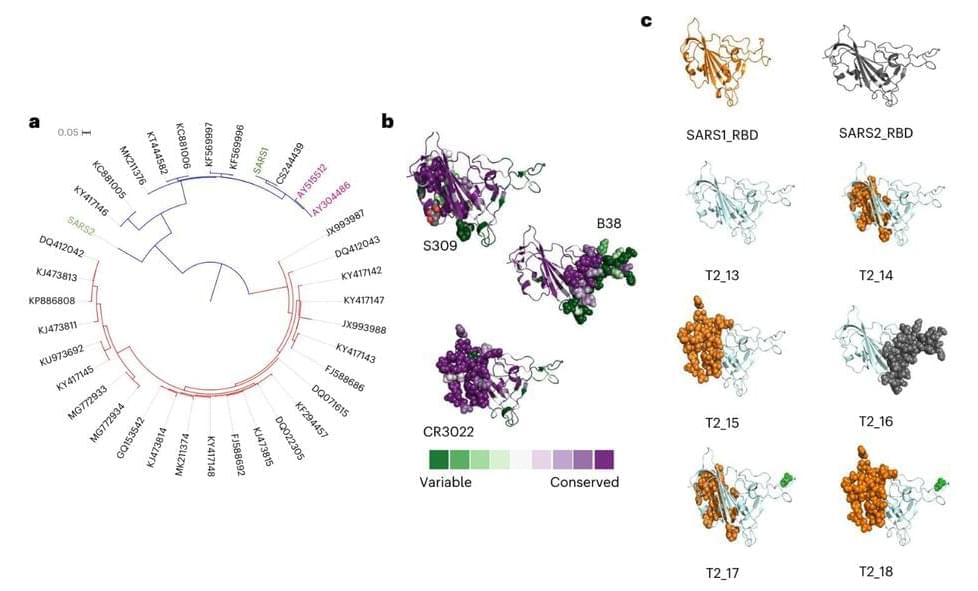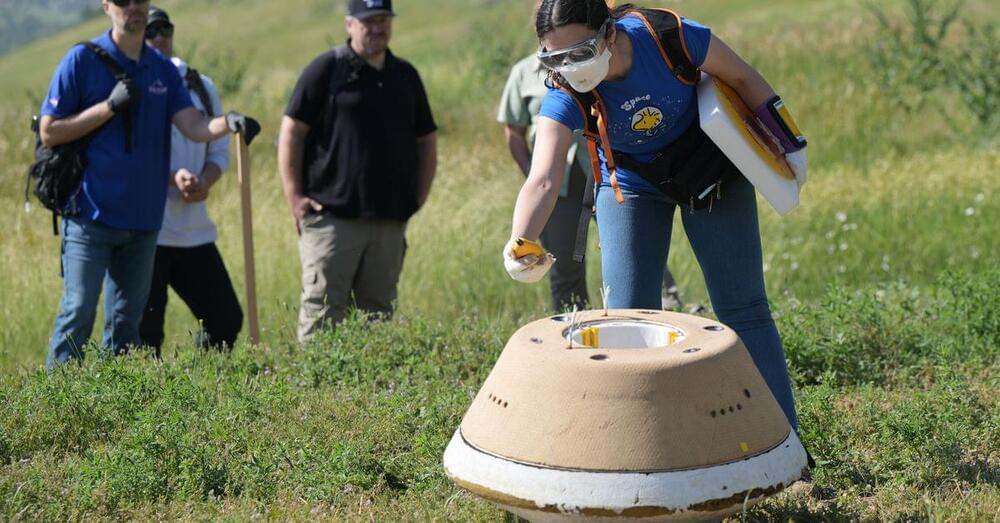Intrigued to see how this assertion holds up…
You can now get high-quality images that depict complex scenes by default.



Scientists from the Friedrich Schiller University Jena and the Friedrich Alexander University Erlangen-Nuremberg, both Germany, have successfully developed nanomaterials using a so-called bottom-up approach. As reported in the journal ACS Nano, they exploit the fact that crystals often grow in a specific direction during crystallization. These resulting nanostructures could be used in various technological applications.
“Our structures could be described as worm-like rods with decorations,” explains Prof. Felix Schacher. “Embedded in these rods are spherical nanoparticles; in our case, this was silica. However, instead of silica, conductive nanoparticles or semiconductors could also be used—or even mixtures, which can be selectively distributed in the nanocrystals using our method,” he adds. Accordingly, the range of possible applications in science and technology is broad, spanning from information processing to catalysis.
“The primary focus of this work was to understand the preparation method as such,” explains the chemist. To produce nanostructures, he elaborates, there are two different approaches: larger particles are ground down to nanometer size, or the structures are built up from smaller components.

Parents and pediatric oncology experts share strategies to help parents cope with a diagnosis of childhood cancer, make treatment-related decisions, support their child and family, and manage cancer information in NCI’s Childhood Cancer Video Series.

We are beginning to roll out new voice and image capabilities in ChatGPT. They offer a new, more intuitive type of interface by allowing you to have a voice conversation or show ChatGPT what you’re talking about.
Voice and image give you more ways to use ChatGPT in your life. Snap a picture of a landmark while traveling and have a live conversation about what’s interesting about it. When you’re home, snap pictures of your fridge and pantry to figure out what’s for dinner (and ask follow up questions for a step by step recipe). After dinner, help your child with a math problem by taking a photo, circling the problem set, and having it share hints with both of you.
We’re rolling out voice and images in ChatGPT to Plus and Enterprise users over the next two weeks. Voice is coming on iOS and Android (opt-in in your settings) and images will be available on all platforms.
Parents and pediatric oncology experts share strategies to help parents cope with a diagnosis of childhood cancer, make treatment-related decisions, support…

Studies of a “future-proof” vaccine candidate have shown that just one antigen can be modified to provide a broadly protective immune response in animals. The studies suggest that a single vaccine with combinations of these antigens—a substance that causes the immune system to produce antibodies against it—could protect against an even greater range of current and future coronaviruses.
The vaccine antigen technology, developed by the University of Cambridge and spin-out DIOSynVax in early 2020, provided protection against all known variants of SARS-CoV-2—the virus that causes COVID-19—as well as other major coronaviruses, including those that caused the first SARS epidemic in 2002.
The studies in mice, rabbits and guinea pigs—an important step before beginning human clinical trials, currently underway in Southampton and Cambridge—found that the vaccine candidate provided a strong immune response against a range of coronaviruses by targeting the parts of the virus that are required for replication. The vaccine candidate is based on a single digitally designed and immune optimized antigen.


Tesla has been given a vote of confidence by one of the world’s wealthiest men who believes the company’s valuation could grow four to five times between now and 2030.
Investor Ron Baron was speaking to CNBC about Walter Issacson’s new biography of Elon Musk, as Business Insider summarized, and Baron discussed the stock market potential of Musk’s electric vehicle company, Tesla, among other things.
“I think Tesla in the next seven years will be about four or five times as big as it is right now in the stock market,” Baron said. “In the funds that I manage, I’ve been maxed out.”